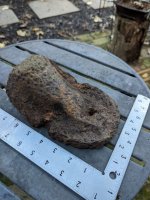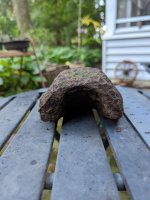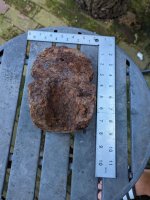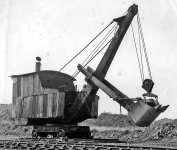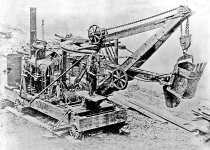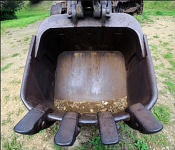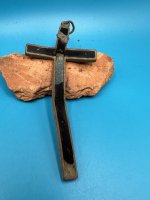Chris717
Jr. Member
Hello! My son and I were detecting around a 19th century railroad bed and we kept finding these in the ground. They appear to be iron but cannot figure out what they are or their purpose. They're pretty heavy and there were about a dozen of them within 20 feet of each other
Thanks for any assistance with the ID!
Thanks for any assistance with the ID!


